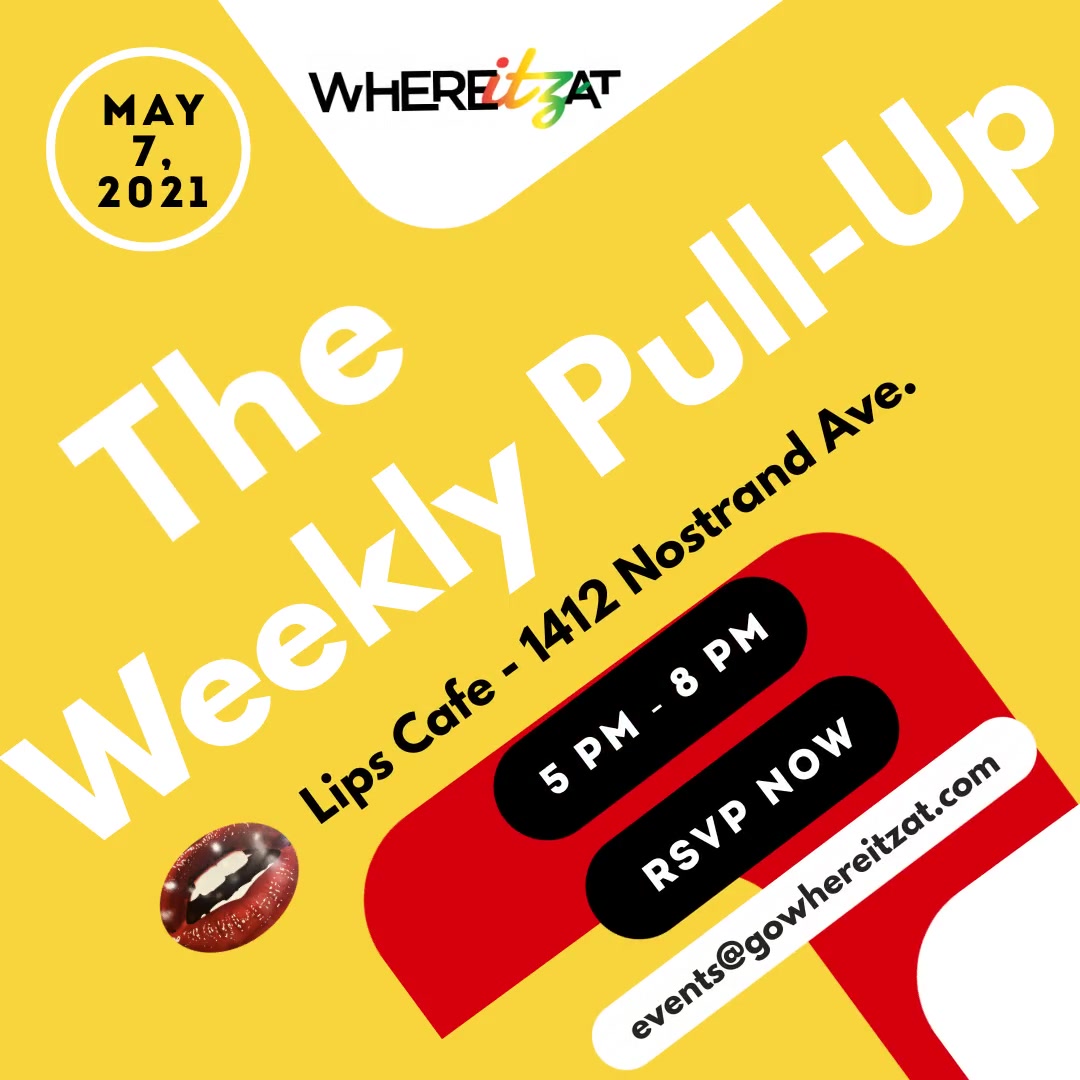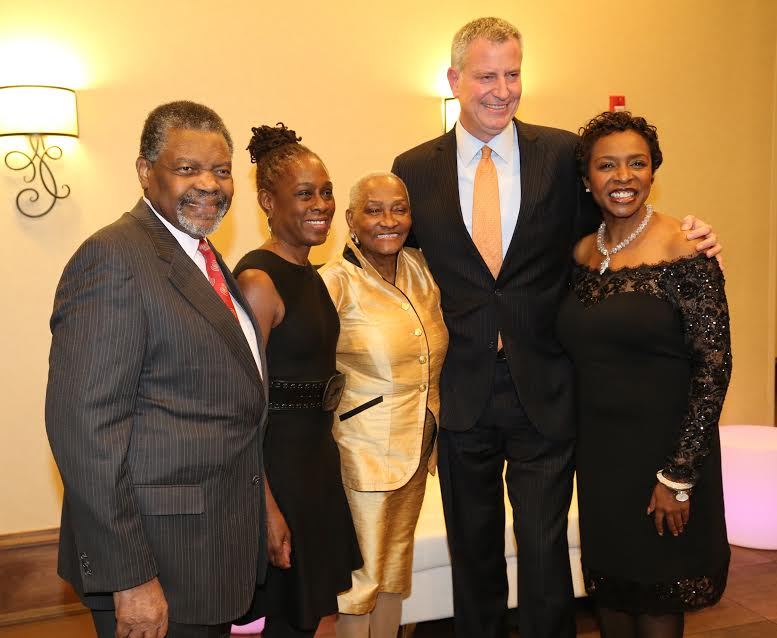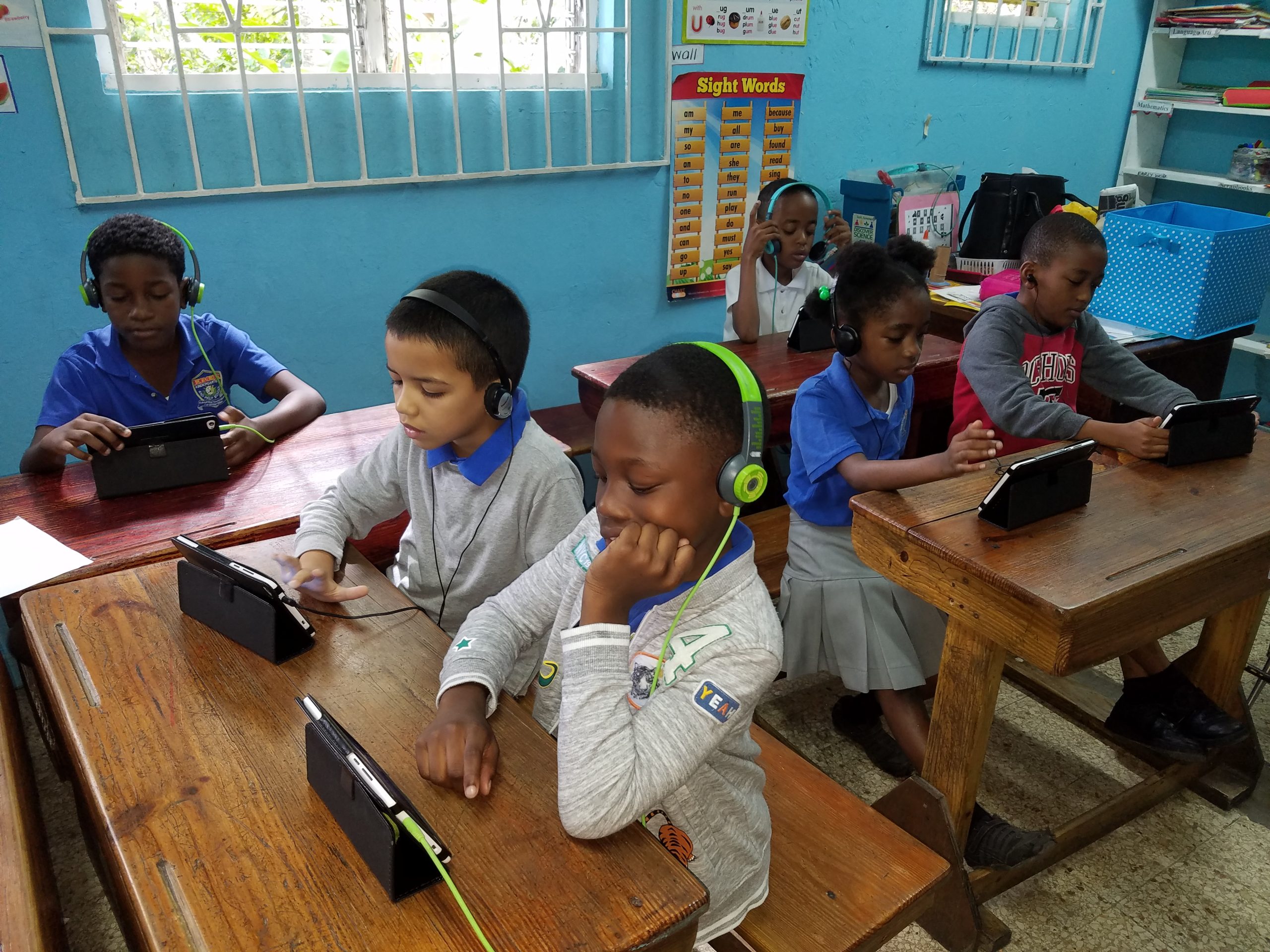The Late Great Black Supermarket: An Army Marches on its Stomach
by
Marc Albritton
It has often been said that a mighty army thoroughly outfitted with all the weapons of war is only as strong as its food supply. After the Harlem “riots” (rebellion) of 1964, Harlem activist Attorney Cora T. Walker concluded the rebellion was for community control of its institutions. Therefore, in November of 1966 she organized the Harlem River Food Cooperative, Inc. premising that a Black owned supermarket would not only bring pride, but form the essential cornerstone of community control. Employing Garveyism, they sold 100,000 $5.00 shares to capitalize $500,000. The Harlem Co-op Supermarket opened in 1968. Within the first nine months they exceeded $2,000,000 in sales. That sum when adjusted for an annual inflation rate of 4.05% , would be the equivalent of $14,544,000 today. This immediately caught the attention of those who were invested in the exploitation and impoverishment of Black communities.
The first attempt to disrupt the dream was to use Black people to set up “fake picket lines.” When that failed, the bread and milk distributors refused to deliver their products. The Co-op members responded by using their own cars to go to the market and purchase their own dairy products. The enemy then retaliated by shattering the supermarket’s 16 plate glass windows 15 times. Attorney Walker said, her sons came home from college to help out and were told they would be without a mother if she didn’t close the supermarket. The Harlem chapter of the Black Panthers offered to intervene but as an attorney, Mrs. Walker chose to place the matter in the hands of the NYPD. The police never even found a suspect. The Harlem supermarket struggled forward. However, by 1976 they were forced to close. When interviewed in the aftermath, Attorney Walker said her biggest regret was that she “didn’t let the Panthers handle it their way.” Such is the struggle of Black people to have what every other community has as their birthright.
There is no shortage of restaurants in the Black community, sometimes as many as four to a block, but, when it comes to supermarkets, we have outsourced that responsibility to outsiders. It’s easier. So without an anchor business which all other business revolve around to keep millions circulating in the community, the community continues to convulse in economic seizures as its life source short circuits and our collective brain waves continue to misfire.
Fast forward, to a January 2018 article in Food Eats, a business, food deserts, nutrition, and food justice journal, Tom Perkins wrote; “No organizations track the number, but sources familiar with the situation and some of the remaining grocers suggest that fewer than 10 Black-owned supermarkets remain across the entire country.” Activist Malik Yakini of the Detroit Black Community Food Security Network theorizes; “When a neighborhood loses a local grocery store, he says, the African-American community essentially becomes what he describes as a “domestic colony.”
The difficulties of purchasing, managing, and operating a supermarket are huge, however the Co-Op model still provides a practical and economically sound method of community ownership and control of its food supply and is prevalent throughout the country, including New York City, especially in Brooklyn where at least eight popular Co-Ops thrive. In other areas of the country communities that were formerly designated food deserts have organized themselves around the Cooperative model. The Renaissance Community Cooperative in northeast Greensboro, North Carolina was formed in 2016 when 1300 community members put up as little as $100 each to raise $3,000,000 and built an 11,000 square foot fully equipped grocery store with $2,000,000 in wages and benefits circulating in the community in the first 3 years and projected revenues of $4.7 million by 2021.
Sometimes an idea runs ahead of the people. Other times the people can run ahead of an idea. However, the current times might be right for the people and idea to run together. Maybe now that 62,979,879 voters told America what they think of Black people and their communities, it’s time that the Black community tell America what it thinks of itself. Other communities send their merchants into the Black community to become wealthy. Other nations eagerly send their nationals into Black countries in Africa and the Caribbean to extract the wealth of Black nations, and will continue to do so as long as crocodile tears and jokes on social media are our only response. Marcus Garvey established the Negro Factories Corporation in 1919, capitalizing $1,000,000 inclusive of three grocery stores, two restaurants, a dress manufacturer, a doll factory and a printing company. The blueprint is already written and the foundation is laid.
Into 2019, how can an army march on its stomach instead of its feet? How can our respective communities thrive without control of our food security, and the integrity and reliability of its food supply? How do we go from here – to there?
























